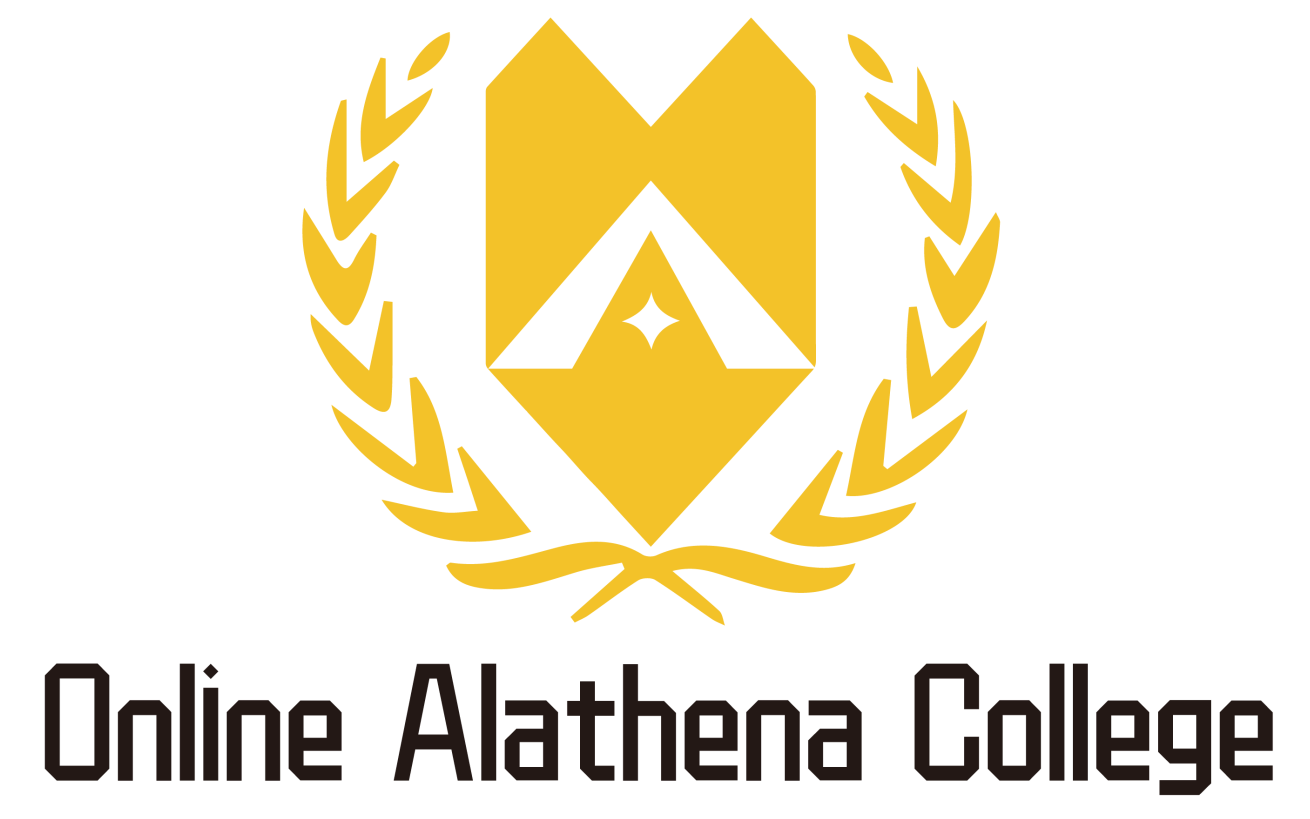Course Description
#1 Introduction to Economics
#2 Supply and Demand and the Market for Labour
In this unit, students will explore the market systems, organized and unorganized workers in Canada, employment patterns and trends, and causes and measures of economic inequality in Canada. Students will continue to develop transferable skills and continue to develop economic thinking as it applies to current issues of labour and employment in Canada.
#3 Financial Management and Business Organization
In this unit, students will explore and expand upon political and economic systems that were addressed in Unit 1. Students will also gain an opportunity to integrate personal financial decision-making into existing understandings of economic decision making. In addition, students will explore the role of cost-benefit analyses into personal financial decisions.
#4 Economic Stability in Canada
#5 Canada and the Global Economy
In this unit, students will explore the role of perspectives on scarcity and sustainability and assess their significance in Canada. Students will also weigh the trade-offs in decision making for governments and explore the criteria these governments use. Students will apply their new learning to current issues in economics and assess the impact of globalization including international trade and investment on the Canadian economy.
Frequently asked questions
When do I start my course?
How long does it takes to complete a course?
Will Online Alathena College send grades to student's home school?
We provide these same updates (notification of enrolment, midterm grades, and final grades) to accounts within the Ontario Universities’ Application Centre (OUAC) and the Ontario College Application Service (OCAS) for any students applying to post-secondary institutions. OAC will also communicate directly with international and out-of-province colleges and universities when necessary.
Do students require any additional resources (i.e., textbooks)?
All OAC course content is contained within our learning environment, so no textbooks are required. Any course-specific resources (i.e., calculators, software downloads, etc.) are listed on the individual course outline pages on our website.
Do Online Alathena College's OSSD courses count toward the Ontario Secondary School Diploma?
To verify our status as an inspected private school, please visit the Ministry of Education Website. Our Ministry BSID# is 881704.

